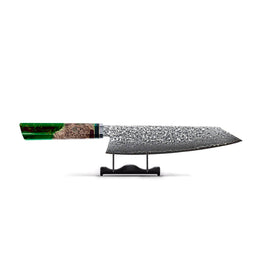
Shinrai Knives - Emerald Octagon Damascus Kiritsuke 23 cm - Special Edition

Shinrai Knives - Damascus Print 7-piece Knife Set

Epoxy Onyx 6-Piece Damascus Knife Set + Magnetic Knife Block Single Sided
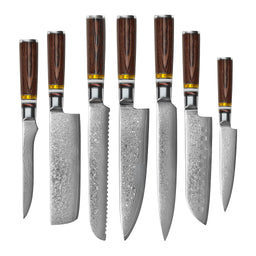
Shinrai Knives - Micarta Jewels 7-Piece Damascus Knife Set

Shinrai Knives - Damascus Print 9-Piece Knife Set + Magnetic Knife Block Double Sided
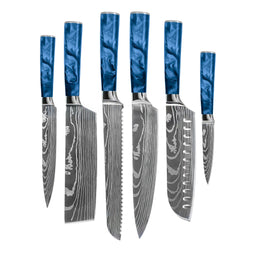
Shinrai Knives - Damascus Print Epoxy Sapphire - 6-piece Knife Set

Shinrai Knives - Damascus Print Chef's Knife 20 cm
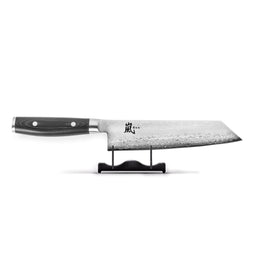
Yaxell - Ran Kiritsuke knife 20 cm

Shinrai Knives - Mother of Pearl Jewels Damascus Chef's Knife 20 cm






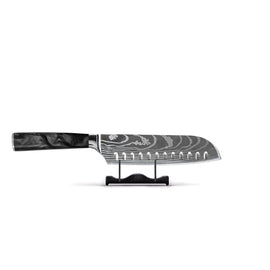
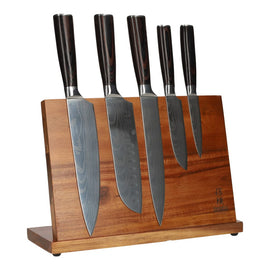
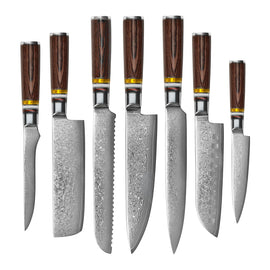
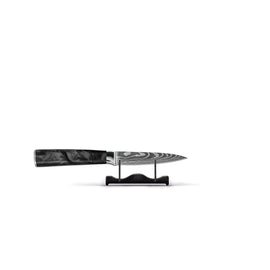
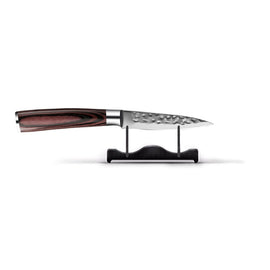

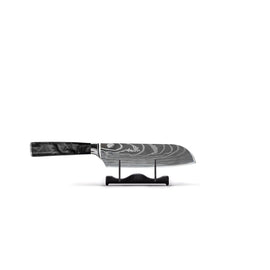



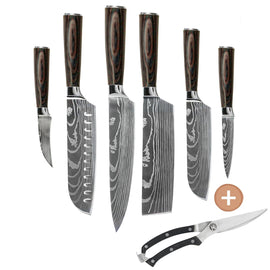
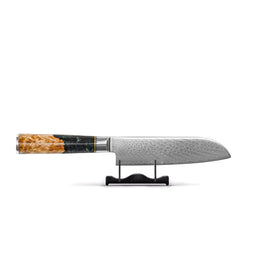


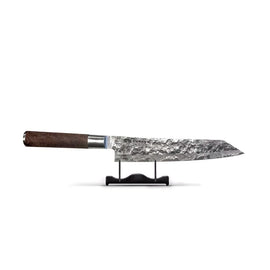
Japanese knives are distinguished by:
At KookGigant, we offer a wide range, including:
Japanese knives are harder than European knives, with a Rockwell hardness (HRC) of 58–66. The high carbon content of the steel ensures lasting sharpness and robustness, reducing the need for frequent sharpening.
Start with a Santoku or Nakiri, then expand your collection with a chef’s knife, sushi knife, or bread knife. Larger sets include specialized knives for meat, fish, and poultry, sometimes combined with a knife block, cutting board, or sharpening stone.
Japanese knives offer the perfect combination of precision, durability, and elegant design. Crafted for both home cooks and professional chefs, they make every cutting task easier and more enjoyable. Explore our range at KookGigant for high-quality Japanese knives that bring effortless precision to your kitchen.